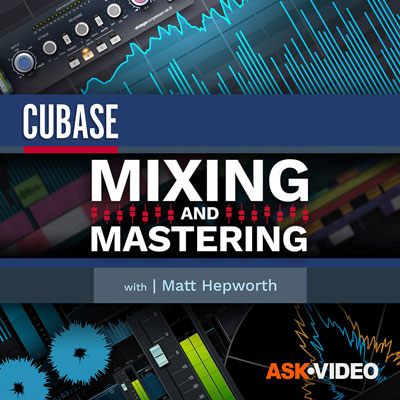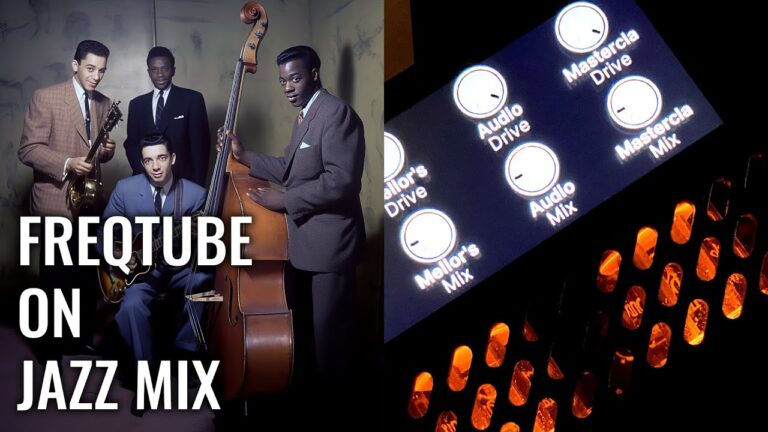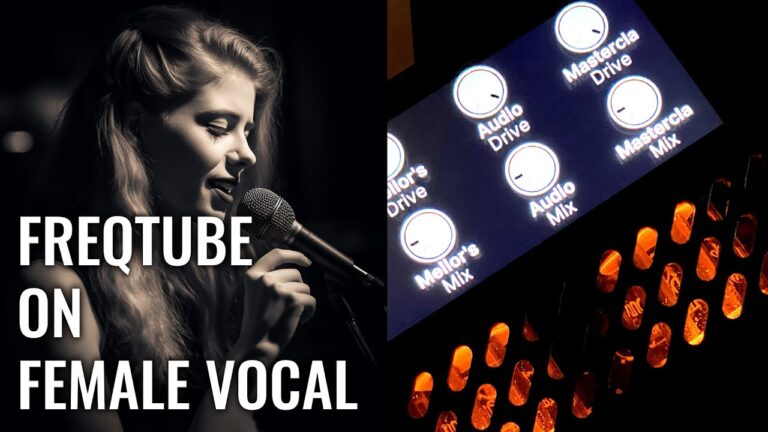What is a graphic equalizer (graphic EQ)?

The graphic equalizer is sometimes seen in studios and is often seen as essential in live sound. But what is it? How do you use it?
The EQ sections provided in mixing consoles are flexible, easy to use and powerful. Plug-ins on computer-based recording systems mimic the features of analog console EQ. But there are other styles of equalizer, one popular type being the graphic EQ. Here we can see the Klark Teknik DN370 two-channel graphic EQ.
The Klark Teknik DN370 has thirty bands of EQ per channel, each band covering one third of an octave. So this would be called a third-octave graphic equalizer. Each band has a cut or boost up to +/-6 dB (some models offer a wider range up to +/- 12 dB or so). There are graphic equalizers that work in whole octaves with fewer bands, but they are not nearly as effective or precise.
The idea is that you can set any frequency response curve you like, and not necessarily symmetrical in the mid-range as it is with a conventional EQ. And when you have set the graphic EQ the way you like it, the positions of the knobs show a graph of the frequency response! In fact, the supposed graph is merely an approximation because the bands overlap and interact with each other. However, even an approximation is useful - you can glance quickly at a graphic equalizer and see what kind of curve it is set to.
You don't have to know much about a graphic equalizer to operate one. It is simple and intuitive. However there are some things you could know to make your understanding better. Firstly, when you raise one slider, you are not only affecting the frequencies between that and the two adjacent sliders.
The Q of each section is low and a wide range of frequencies is altered. It has been attempted to make graphic equalizers with high-Q circuits, but they just don't sound as good. So expect the bands to interact. The other thing that you might care to know is that graphics come in two types - variable-Q and constant-Q. With a variable-Q circuit, the Q of a section gets higher as you apply more boost or cut.
With a constant-Q graphic, the Q always stays the same. Opinions are divided on which sounds the best. Many engineers prefer variable-Q, but generally only by a small margin. If there is only a constant-Q graphic to hand, one shouldn't hesitate to use it.
Something else that is sometimes thought to be an issue with graphics is that they mess about with a signal's phase. We need to explain 'phase'. The quick explanation is that an instrument emits a sound, and every frequency component of that sound reaches your ears at the same time. The speed of sound does not vary with frequency. Transform that sound into an electric signal and things change. Common circuit components delay certain bands of frequencies with respect to others.
This applies particularly to EQ. When you EQ a signal to change the level at certain frequencies, you also change the timing of those frequencies. In practice, it is not possible to design an analog circuit that doesn't mess about with the phase of a signal. But it turns out that if the phase changes smoothly through the frequency band, the ear doesn't notice. Equalizers are designed to be 'minimum phase', which means that they change the phase to as small an extent as theoretically possible.
With the graphic EQ however, the ability to change the frequency response wildly also brings with it wild changes in phase response. This has been considered by some to be a bad thing. In truth, the audible differences are slight, they are worth putting up with for benefits in frequency balance, and generally obscured by the loudspeaker which, phase-wise, is the worst offender of all. So it's not a big thing, but worth knowing anyway.
The principal application of the graphic equalizer is in live sound. PA systems are prone to feedback (howlround) when the sound from the speaker enters the microphone and is re-amplified, resulting in a loud tone filling the auditorium.
So the sound engineer has to find the frequency at which howlround is most likely to occur, which is different for every set-up and every venue, and reduce the gain at that frequency. The graphic equalizer is simply the most convenient tool for doing this, hence graphics are in almost universal use in this application. There is, or at least should be, no howlround problem in the studio so graphic equalizers are less commonly found.
Further information is available in the Audio Masterclass Professional Course in Equalization.































